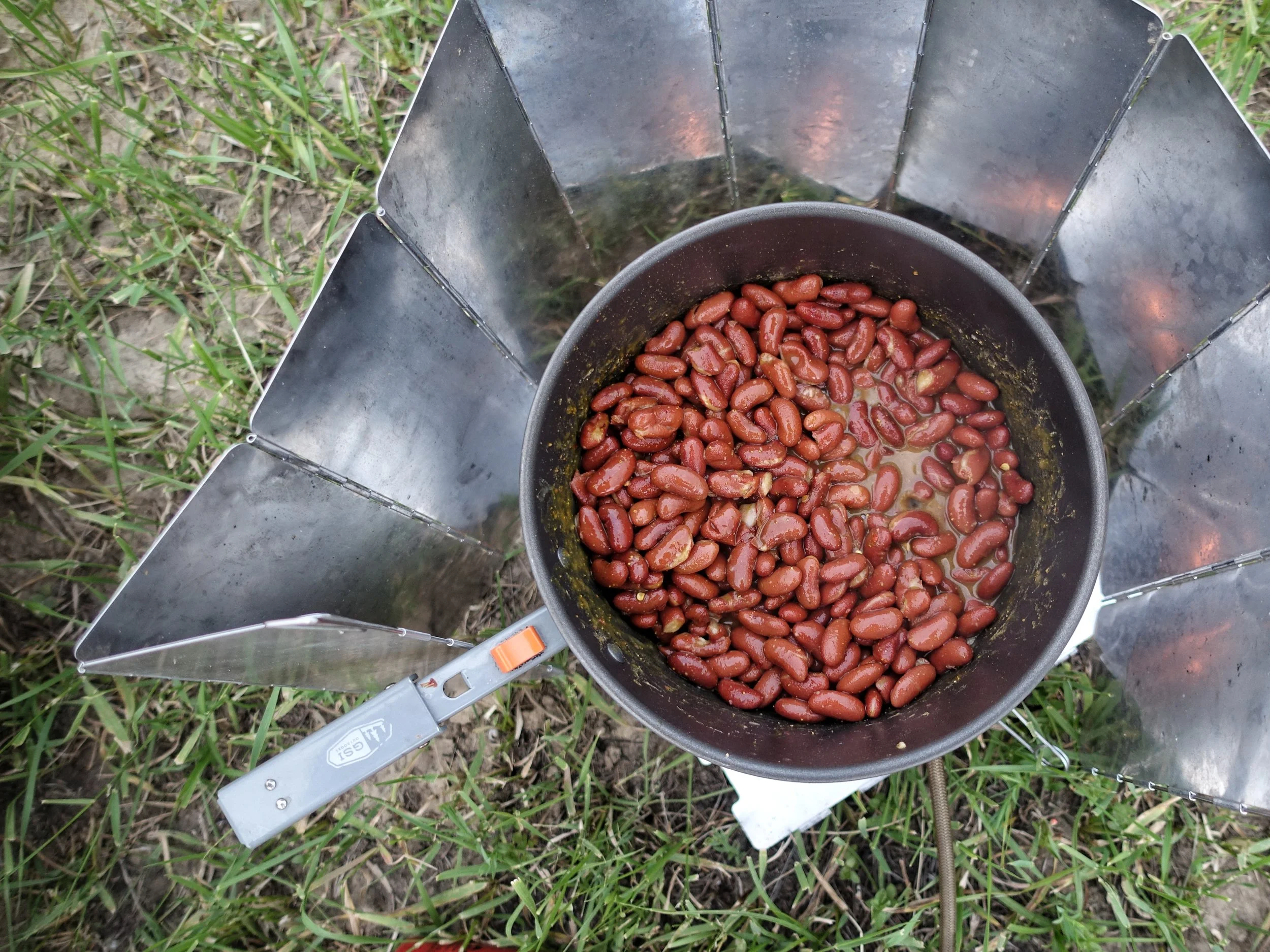There is a camel. There are many camels, actually. Large, lanky, innately awkward. They are harnessed into colorful saddles with stiff leather bits wedged between their large, drooping lips. They sit, mostly. It's a quiet Wednesday afternoon in the desert and the camels are scattered about the dunes. Lounging, silent. Gazing, serene. A few rays of sunlight break through the thick grey blanket of clouds, and a strong wind blows in from the east.
I pull my camera from my pack and drop a knee into the cold sand. I watch the camel, this first camel, through the small illuminated window of the electronic viewfinder. The camel snorts, and I release the shutter.
